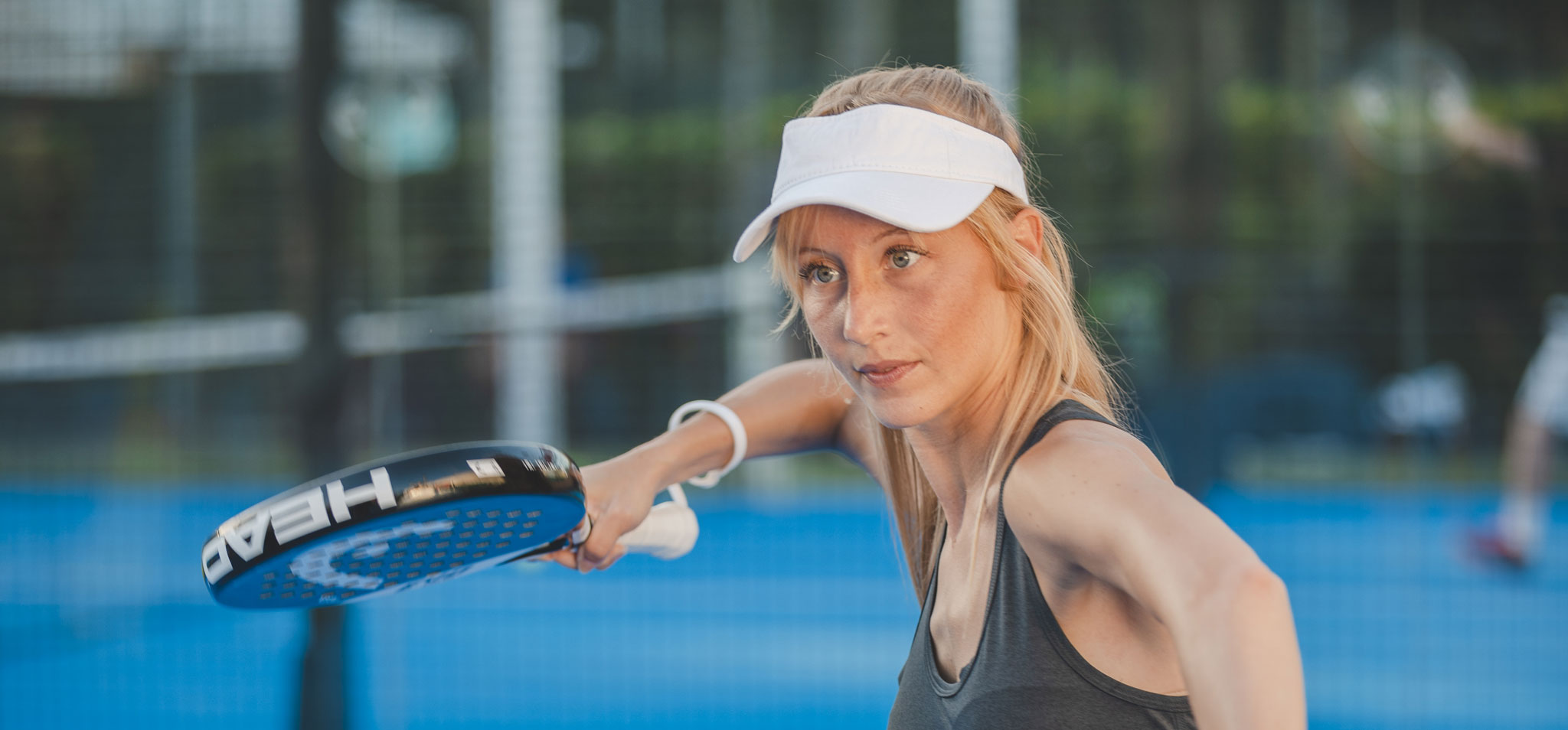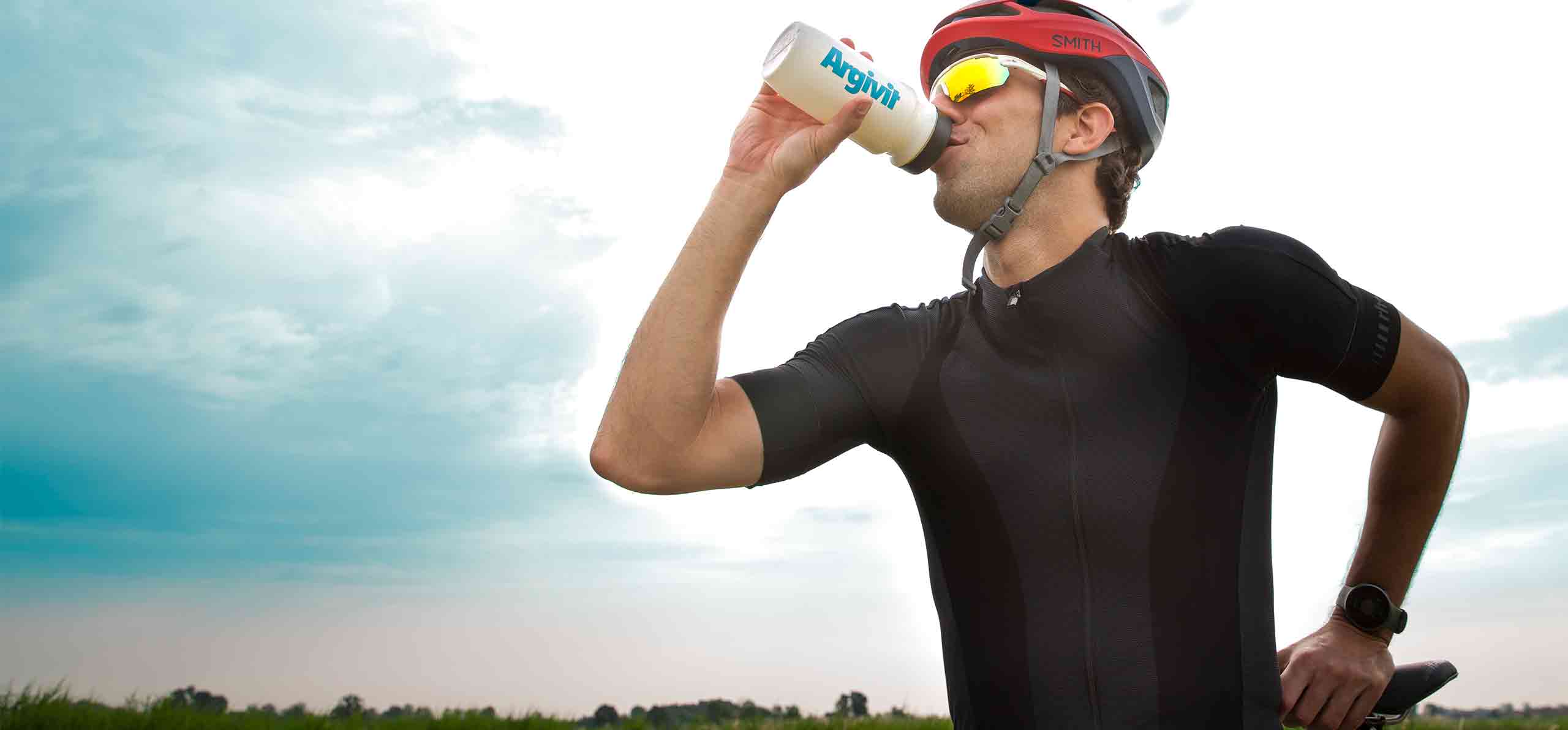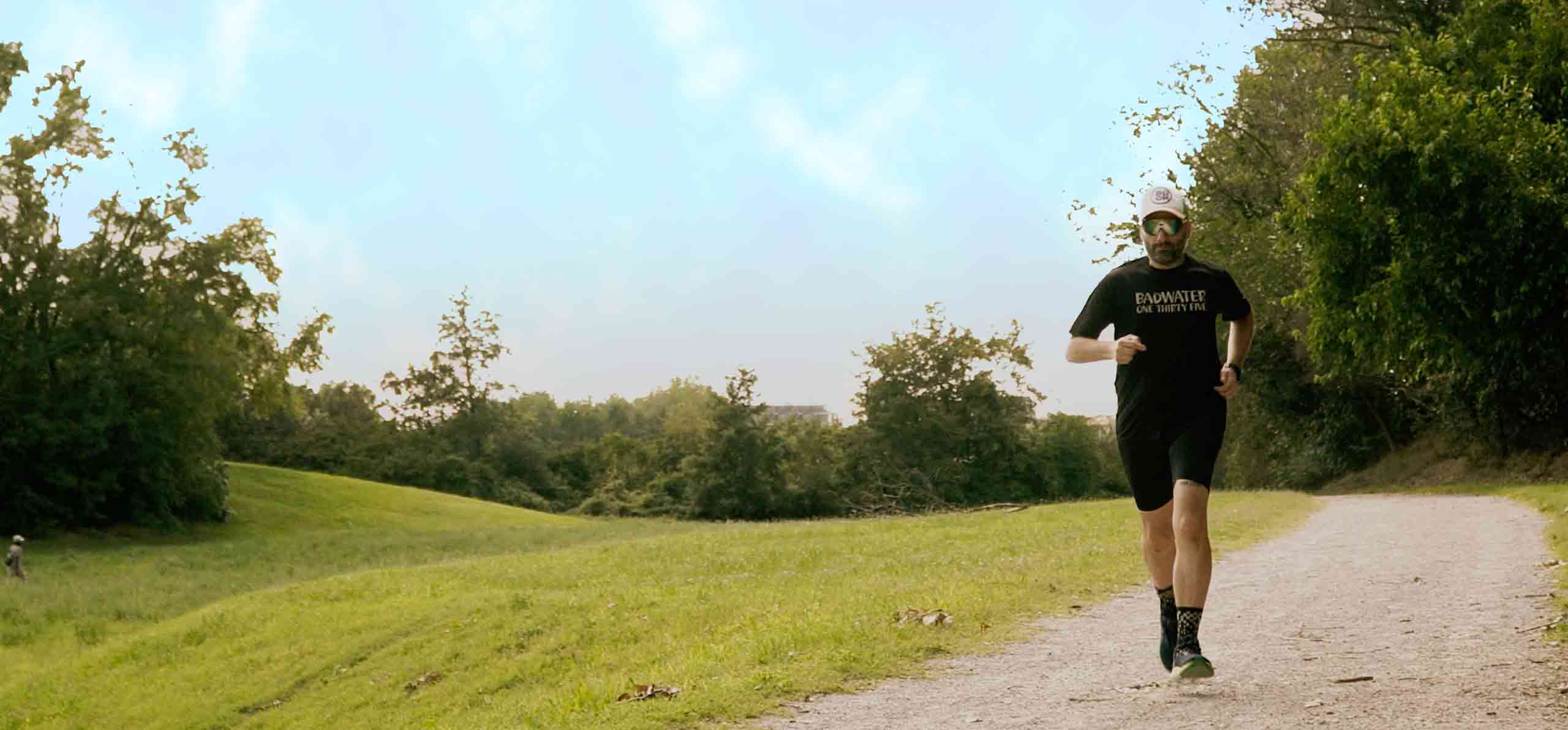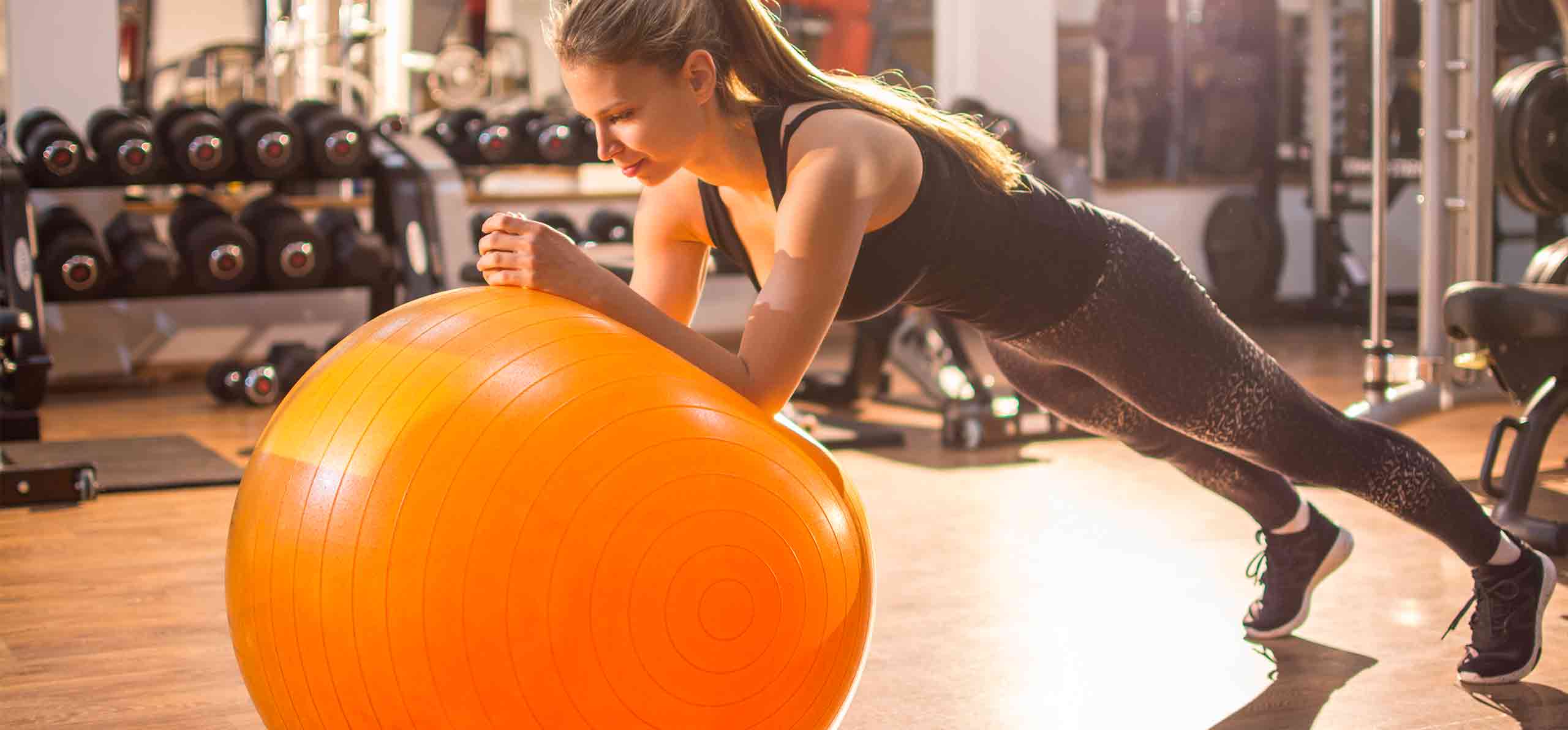How to exercise when it’s too hot outside

Summer and its sunny days motivate us to spend time outdoors and partake in sports. Engaging in a friendly football match or enjoying a refreshing swim can have a favorable effect on our physical and mental health, which can be partly attributed to the elevated release of endorphins as a result of physical activity. Unfortunately, the heat serves as a deterrent for many as it negatively affects their energy levels. Certain individuals are also concerned that engaging in physical activity during extreme heat may even be dangerous.
The benefits of exercising when it’s hot outside
It is important to begin by stating that exercising while it is hot outside is by no means forbidden, as at the end of the day our body is adequately equipped to protect us from overheating. Perspiration is one such defense mechanism that helps compensate for the increase in body temperature. Beyond that, exercising during the summer heat also has its advantages:
- Increased calorie expenditure Heat causes us to burn more calories and accelerate our metabolism, which is great for those looking to lose weight;
- Increased cardiovascular function Heat causes the cardiovascular system to work harder, boosting its endurance;
- Exposure to Vitamin D. Engaging in outdoor physical activities exposes us to sunlight, stimulating the production of this very important vitamin, renowned for its longstanding positive effects on the immune system and the bones;
- Improved mental health. As mentioned previously, spending time outdoors on a sunny day can positively impact our mental health. It can improve our mood, alleviate stress, and even combat depression.
Hydration, nutrition, and supplementation during summer
In addition to all the benefits mentioned, it is also important to consider that the summer heat puts the body under a considerable amount of strain. That said, we should not avoid sports during the summer; instead, we must exercise more caution when it comes to hydration, supplementation, workout methods and intensity, as well as other relevant factors.
- Hydration. It is evident that engaging in physical activity under high temperatures leads to the body losing a significant quantity of fluids, thus depleting essential nutrients and minerals. It is therefore necessary to drink plenty of water. The ideal choice is to consume still mineral water at room temperature in small sips. It is recommended to steer clear of sugary beverages. Furthermore, it is worth noting that hydration is not only important for our health but also for its positive impact on performance. When engaging in physical activity in a dehydrated state, the likelihood of experiencing muscle cramps and fatigue is heightened. It is necessary for us to trust our sense of thirst, instead of disregarding it while we are fully absorbed in our training or the match we are participating in. However, it is vital to exercise caution, as we often fail to recognize our own thirst. Therefore, it is recommended to take a few sips of water every 15 minutes or so to ensure the body is adequately hydrated at all times;
- Nutrition. When engaging in physical activity in hot weather, we must nourish ourselves properly. It is crucial that we do not skip meals simply because the heat makes it less appealing to sit at the table. It would instead be advisable to opt for simple dishes, particularly those that can be served cold, that are free from fatty condiments and can replenish our energy stores. Fruits and vegetables play an important role as, in addition to plenty of water, they also contain essential vitamins and minerals. Pineapple and melon, for instance, are excellent choices of fruit as they are rich in both water and vitamins;
- Food supplements Of course, water and nutritional foods may not be sufficient in intense heat and training scenarios. In such cases, it is beneficial to supplement with electrolytes essential for neuromuscular function and cramp prevention, such as sodium, magnesium, and potassium. Arginine is also critical for muscle metabolism, and its intake through nutrition alone may prove insufficient. This compound plays a vital role in glycogen and creatine synthesis, while also exhibiting immunostimulatory, antioxidant, and myoprotective properties that are of utmost importance for individuals engaging in strenuous physical activity. Additionally, creatine supplementation has the ability to prevent muscle fatigue by maintaining muscle health and facilitating the generation of new muscle cells through myogenesis, as in the case of injury, for example. Research studies have unequivocally demonstrated its effectiveness in enhancing athletic performance, as supplementing with it has the potential to enhance one’s strength by approximately 5 to 10 percent.
Careful when working out in the heat
Apart from being mindful of our nutrition and supplementation, there are other aspects to take into account when engaging in physical activity under hot conditions, including the nature of the exercise itself and our training methods.
- Intensity. It is evident that when engaging in physical activity during hot summer temperatures, fatigue sets in faster, even when performing exercises that are less demanding in nature. Indeed, the body has to work twice as hard. For this reason, adjusting the workout intensity to account for the heat, particularly during the early stages of the training session, can provide an opportunity for our body to acclimatize by maintaining a slower pace. As we adjust to the heat and get our energy back, we may once again increase the intensity of our workout. We should not rush in doing so, however, as the time required to adapt to such temperatures is entirely subjective. In the case of aerobic workouts, it would be a good idea to wear a heart rate monitor to make sure the heart is not under too much stress;
- When and where. Of course, the times in which one may choose to exercise have a significant impact. It is preferable to engage in physical activity during morning or evening hours, when temperatures are lower, ideally in shaded areas. These hours are considered the best, not only because of the lower temperatures but also because of reduced humidity levels, which influence our perception of heat and make it harder for sweat to evaporate into the air;
- Clothing. In order to favor perspiration, it would be better to choose natural and breathable fabrics, such as linen and cotton. It is better to avoid synthetic fibers, as they can irritate the skin. It is also recommended to steer clear of form-fitting clothes and instead opt for loose-fitting shorts and t-shirts, as they help the air to circulate better. Wearing a damp bandanna or headband may also prove helpful. Those who are bald can opt for a cotton hat instead.
Learning to recognize the body’s cues.
However, there is a consistent rule that should always be followed – if we begin to feel unwell, experience symptoms such as headaches, difficulty breathing, intense fatigue or nausea, we ought to stop. We must consider either decreasing the training intensity and pace, or completely refraining from exercising until the climate becomes more favorable and our body has had sufficient time to rest and fully recover. During the summer, it is customary to unwind and not overexert ourselves. We should therefore strive to acquaint ourselves with our body’s cues.



